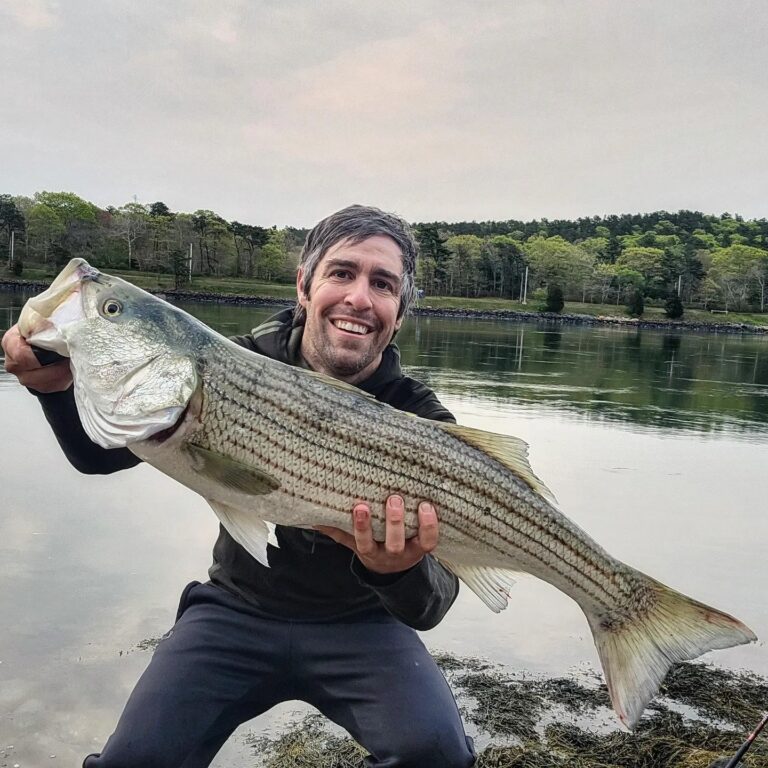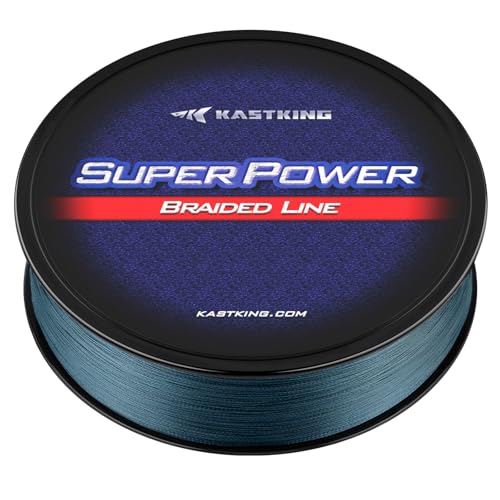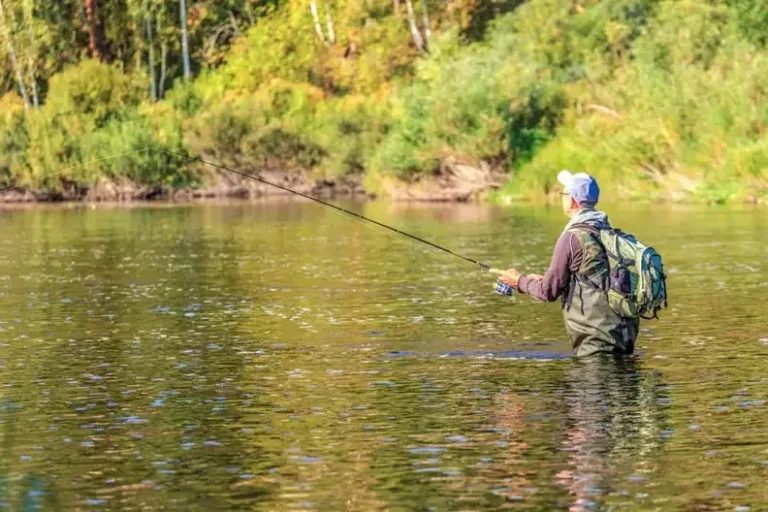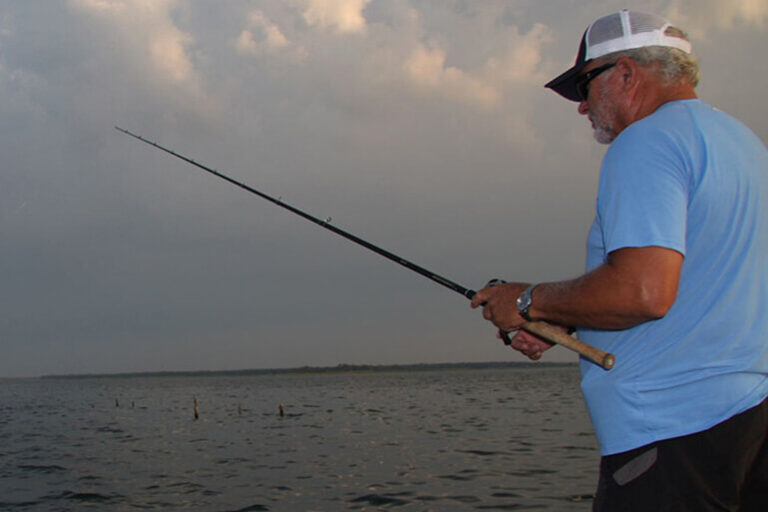To catch fish from the surf, use a long surf rod and cast your bait or lure far out into the water. Once you have a bite, gently reel in the fish and carefully remove the hook.
The surf can be a prime spot for fishing, offering a diverse range of marine species. But to effectively catch fish, you need the right tools and techniques. A long surf rod will allow you to cast your bait or lure further into the water, where the fish are likely to be.
Look for troughs, sandbars, or any underwater structures that may attract fish. When you feel a bite, gently reel in the fish, being careful not to jerk the line and lose your catch. To ensure a successful release, handle the fish with care and carefully remove the hook. By following these steps, you can increase your chances of catching fish from the surf.

Credit: majorleaguefishing.com
Understanding The Surf Environment
The surf environment is a dynamic and ever-changing ecosystem that can greatly influence your success in catching fish. To effectively fish in the surf, it is essential to understand the factors that affect fish behavior, identify the best fishing spots, and read wave patterns for optimal conditions.
Let’s dive deeper into these aspects:
Factors That Affect Fish Behavior In The Surf
Understanding the factors that influence fish behavior in the surf can significantly improve your chances of catching fish. Here are some important points to consider:
- Water temperature: Fish are cold-blooded creatures, meaning their body temperature matches that of their surroundings. Different fish species have preferred temperature ranges, so fishing in areas with water temperatures within their comfort zone increases the likelihood of success.
- Water clarity: Fish rely on their visual senses to locate food. When the water is clear, they can easily spot baitfish and other prey. Conversely, in murky water, fish might rely more on their other senses, such as smell or vibration, to find food.
- Tidal currents: Tidal currents create a natural conveyor belt of food, making them attractive to fish. Understanding the timing and strength of the tides can help you identify the best times to fish.
- Structure: Fish are drawn to areas with structure, such as sandbars, rock formations, or submerged objects. These structures provide protection and serve as feeding grounds, making them promising fishing spots.
Identifying The Best Surf Fishing Spots
Choosing the right fishing spot can make all the difference in your angling success. Here are some tips to identify the best surf fishing spots:
- Look for troughs and holes: These depressions in the seafloor create channels for fish to swim in and out. They offer protection from strong currents and predators, making them attractive feeding zones.
- Pay attention to sandbars: Sandbars often act as natural barriers, causing water to flow around them. This creates a current break, which fish use as highways to cruise and find food.
- Watch for baitfish activity: Schools of baitfish indicate the presence of predators nearby. If you spot birds diving or fish splashing at the surface, chances are larger game fish are feeding in the area.
- Research local fishing reports: Consulting local fishing reports or talking to seasoned anglers can provide valuable insights into productive surf fishing spots in your area.
Reading Wave Patterns For Optimal Fishing Conditions
Being able to read wave patterns will help you determine the ideal conditions for surf fishing. Consider the following factors:
- Wave height: Fish are often more active during higher wave conditions, as they become more disoriented and vulnerable. However, excessively large waves can make fishing challenging and dangerous, so use caution.
- Wave frequency and sets: Pay attention to the frequency and interval between sets of waves. Fish are more likely to feed when waves are consistent and calm, offering windows of opportunity between sets.
- Sand movement: Observe how the waves are moving sand along the beach. Sand movement can reveal troughs, holes, or other contours that attract fish.
- Rip currents: Rip currents are powerful channels of water flowing seaward. These currents can concentrate baitfish and create favorable feeding conditions for larger fish.
By understanding the surf environment, considering the factors that affect fish behavior, identifying the best fishing spots, and reading wave patterns, you can enhance your surf fishing skills and increase your chances of landing a prized catch. So grab your gear, head to the beach, and enjoy the thrill of surf fishing!
Essential Gear And Tackle For Surf Fishing
Surf fishing provides an exciting and rewarding way to catch fish right from the shoreline. With the right gear and tackle, you can increase your chances of landing a big catch. In this section, we will explore the essential equipment you need for a successful surf fishing experience.
From selecting the perfect fishing rod to choosing the right bait and lures, we’ve got you covered.
Choosing The Right Fishing Rod For Surf Fishing
A reliable fishing rod is essential for surf fishing as it needs to handle the challenges of casting and reeling in fish in the turbulent surf. Consider the following key points when choosing your surf fishing rod:
- Length: Opt for longer rods, typically between 10 to 12 feet, as they allow for longer casting distances and better control.
- Power: Look for a rod with medium to heavy power, which provides the necessary strength to handle larger fish species commonly found in the surf.
- Construction: Graphite rods are lighter and more sensitive, while fiberglass rods offer more durability and strength. Consider your preference and budget.
- Action: Fast or moderate-fast action rods are recommended for surf fishing as they provide excellent sensitivity and allow for quicker hook sets.
Selecting The Appropriate Fishing Line And Leader
The fishing line and leader you choose play a crucial role in surf fishing, where the abrasive sand and powerful waves can put your tackle to the test. Keep these key points in mind while selecting your line and leader:
- Line strength: Use a strong line with at least 15-20 pound test to handle the strong currents and possible encounters with larger fish species.
- Braided or monofilament: Braided lines offer higher strength, sensitivity, and reduced line diameter but may be more prone to wind knots. Monofilament lines are easier to handle and provide better shock absorption.
- Leader material: Opt for a fluorocarbon leader, which is nearly invisible underwater and features excellent abrasion resistance.
- Leader length: A leader between 24 to 36 inches is generally sufficient for surf fishing and helps provide a buffer between your line and potential sharp rocks or debris.
Must-Have Bait And Lures For Surf Fishing
Choosing the right bait and lures can make all the difference when it comes to enticing fish from the surf. Consider the following options:
- Live bait: Sandworms, clams, and shrimp are popular live bait choices for surf fishing. Use a bait rig or a simple hook-and-sinker setup to present the bait effectively.
- Cut bait: Fresh chunks of fish, such as mackerel or bunker, can attract a variety of fish species in the surf.
- Artificial lures: Casting spoons, topwater plugs, and soft plastic baits are effective choices for surf fishing. Match the lure size and color to the prevalent baitfish in the area.
Remember to experiment with different baits and lures to find what works best for your target fish species and the prevailing conditions in the surf. Additionally, check local regulations and consider any seasonal variations in bait preference.
By investing in the right gear and choosing suitable bait and lures, you can enhance your chances of success when surf fishing. Now that you have a good understanding of the essential equipment needed for surf fishing, let’s move on to the next section: techniques and tips for surf fishing.
Proven Techniques For Catching Fish In The Surf
The Art Of Casting In The Surf
Casting is an essential skill when it comes to surf fishing. By mastering this technique, you can maximize your chances of catching fish. Here are some key points to remember:
- Use a long, sturdy fishing rod: A longer rod will allow you to cast further into the surf, where the fish are often located. Look for a rod that is at least 9 feet in length, preferably made of strong materials like fiberglass or graphite.
- Perfect your casting technique: Practice makes perfect when it comes to casting. Start by standing with your feet shoulder-width apart and facing towards the ocean. Hold the rod with a firm grip, and with a smooth fluid motion, bring the rod back behind you and then propel it forward. Release the line at the right moment to achieve maximum distance.
- Take advantage of the wind and waves: Use the natural elements to your advantage. Cast with the wind, as it will help carry your bait or lure further into the surf. Additionally, timing your cast with the breaking waves can help camouflage your presentation, making it more enticing to fish.
- Adjust your casting distance: Experiment with different casting distances to find where the fish are biting. Sometimes they may be closer to shore, while other times they may be feeding further out. Pay attention to any signs of fish activity such as birds diving or baitfish jumping, as this can indicate where the action is.
Effective Retrieval Techniques For Various Species
Once you have successfully cast your line into the surf, the way you retrieve it can greatly impact your chances of hooking a fish. Here are some techniques you can use depending on the species you are targeting:
- For bottom-dwelling species like flounder or sand sharks, use a slow retrieve. Drag your bait along the ocean floor, allowing it to mimic natural movement and attract these species.
- If you are targeting fast-swimming fish like bluefish or striped bass, try a faster retrieve. Reel in your line quickly, mimicking the movement of a fleeing baitfish. This can trigger predatory instincts in these species and entice them to strike.
- For fish that are feeding higher up in the water column, such as spanish mackerel or pompano, use a medium retrieve. You want to create a natural swimming motion with your bait or lure, resembling the movement of their prey.
Understanding the role of tide and time of day in surf fishing
Tides and the time of day play a significant role in determining your fishing success in the surf. Here’s what you need to know:
- High tide vs. low tide: Fishing during high tide can provide easier access to deeper water where fish often gather to feed. However, during low tide, exposed sandbars and troughs become visible, providing structure for fish to seek food. Both high and low tide can be productive, so it’s worth experimenting with both.
- Time of day: The best time to fish in the surf is typically during the early morning and late afternoon. These are the periods when fish are more active and feeding. However, it’s worth noting that some species like sharks and rays may be more active at night. Adjust your fishing schedule accordingly to target different species.
- Keep an eye on the moon: The lunar cycle can also influence fish behavior. During a full or new moon, tidal movements are stronger, which can result in increased feeding activity. Plan your surf fishing trips around these lunar phases to increase your chances of success.
Remember, surf fishing can be unpredictable at times, so always be patient and adaptable. By mastering the art of casting, using effective retrieval techniques, and understanding the role of tide and time of day, you’ll increase your chances of hooking that prized catch from the surf.
So gear up, head to the beach, and enjoy the thrill of surf fishing!
Conclusion
Catching fish from the surf can be both an enjoyable and rewarding experience. By following the tips and techniques mentioned in this blog post, you can increase your chances of success. Remember to choose the right location, use the right bait, and vary your presentation to attract different types of fish.
Keeping an eye on the tide and weather conditions, as well as using proper casting techniques, will further enhance your chances of a successful catch. Additionally, always prioritize safety by wearing appropriate gear and being aware of your surroundings. With practice and patience, you will soon become a skilled surf fisherman.
So grab your fishing gear, head to the beach, and embrace the thrill of surf fishing. Happy fishing!






